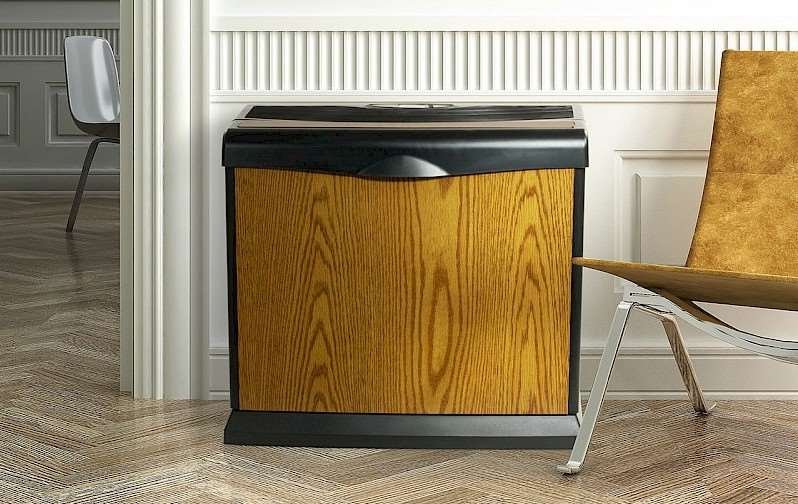When you come down with covid-19, it is totally possible for you to isolate from others in your household and avoid spreading the disease to them.
Most people don’t know how to do this effectively, because proper, detailed advice has never been given. For example, this is all the CDC has to say about it:
“• Wear a high-quality mask if you must be around others at home and in public.
• Do not go places where you are unable to wear a mask. ...
• Do not travel.
• Stay home and separate from others as much as possible.
• Use a separate bathroom, if possible.
• Take steps to improve ventilation at home, if possible.
• Don’t share personal household items, like cups, towels, and utensils.
• Monitor your symptoms. If you have an emergency warning sign (like trouble breathing), seek emergency medical care immediately.”
If this is all you do, you will most likely spread it to others in your household. If you want to avoid spreading it, here are the best practices to achieve that end.
Step 1: Set up an isolation room where the sick person will remain, except for trips to the bathroom. This room will need to have an operable window to the outside.
Since the virus is almost totally spread through the air, the ONLY way a room actually counts as an isolation room is if it is completely cut off from the air in the rest of the dwelling. (See Note A.) To do this, see if there are any air registers in the isolation room. Make sure the HVAC system is running and blowing air. Isolation room registers that blow air INTO the room are OK. Any registers that draw air OUT OF the room must be closed off and completely sealed with materials such as cardboard and duct tape.
Set up a fan in the window to blow air out of the isolation room. There are window fans made for this purpose, or you can use any fan available. Block off any part of the window not filled up with the fan so the blown air does not “short circuit” but actually exhausts the room. The fan needs to run only at low speed. Its purpose is to be sure that any air leaking around the room’s door will be coming into the room, not out of the room and carrying virus to the rest of the dwelling.
The isolation room will now be at “negative pressure”, and other members of the household need not wear masks, although those who want to do so certainly can. The rest of the dwelling should have good ventilation with a balance of fresh air and exhaust air, such that CO2 levels are below 800 ppm. Or “in the green” of a Safetulator Fresh Air Meter (See Note B.)
Step 2: Set up the bathroom that the sick person will use in the same fashion as the isolation room. As the CDC says, a separate bathroom is nice, but not required. If it’s a shared bathroom, wait 30 minutes after the sick person leaves, then disinfect surfaces before others use the room. The sick person should make direct trips to and from the bathroom, and not be in any other areas of the dwelling.
Step 3: Brief contact in the same room as the sick person is of course a necessity—delivering a tray of food, for example. But brief means something like ten seconds. In one documented case, the disease was passed on from one person to another with just five minutes of being in the same room! (See Note C.) Everyone involved in this brief contact needs to wear an N95 or KN95 mask—not a surgical mask, or a cloth mask, or any other kind of mask. Except of course if the non-infected person wears a Safetulator Mask, which will provide almost complete protection.
Step 4: Testing to end isolation should start on the third day. Use a home antigen test each morning. There is no magic number of days after which you can end isolation and not be contagious to other people. (See Note D.) The key to safely ending isolation is that a properly-administered negative antigen test shows that the person is no longer contagious. (If you want to be doubly safe, you could wait until you get another negative test on the second day, especially if you have any lingering symptoms.)
That’s It. Of course, this is a lonely life for the sick person, and it won’t be possible to follow this routine for children. Luckily, we have many computer-assisted ways to stay in frequent or continuous contact with the sick person, for their health and well-being is the primary focus.
- NOTES -
Note A - There are numerous documented cases where covid-19 was spread between people in separate, nearby rooms because the HVAC (Heating, Ventilation and Air Conditioning) registers were sending air into and out of the rooms, and the equipment mixed together air from multiple rooms and then blew it around to all the rooms again. This happened even in hospitals!
Note B - If you don’t have a meter, open a window a few inches in every room, and adjust the openings based on wind direction and whether each room’s door is open or closed.
Note C - In an extended study where all participants had location/proximity sensors, this transmission happened in a restaurant where the infected person was standing under an air conditioning unit blowing away from the person. It was 20 FEET AWAY where the person who contracted covid-19 was sitting!
Note D - The CDC’s five-day timing recommendation has no basis in science. Multiple studies have found that, after five days, anywhere from 31% to 80% of people will still be contagious. The point is, that there is wide individual variation, as one would expect with any medical matter.
Now You Can Search This Blog!
We have added a “search” bar for this blog - scroll all the way down
to the very bottom of a blog page to find the search bar.











